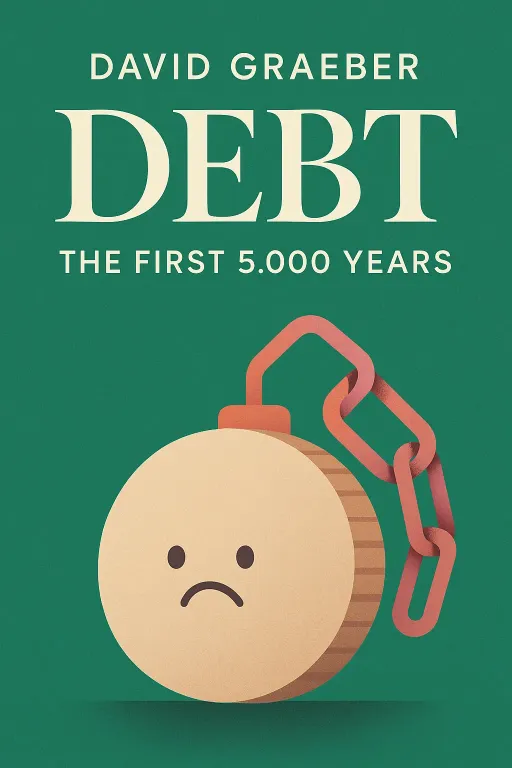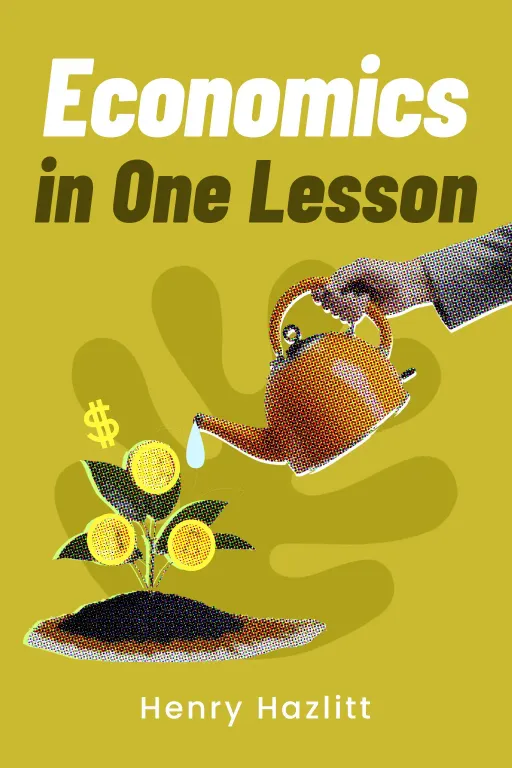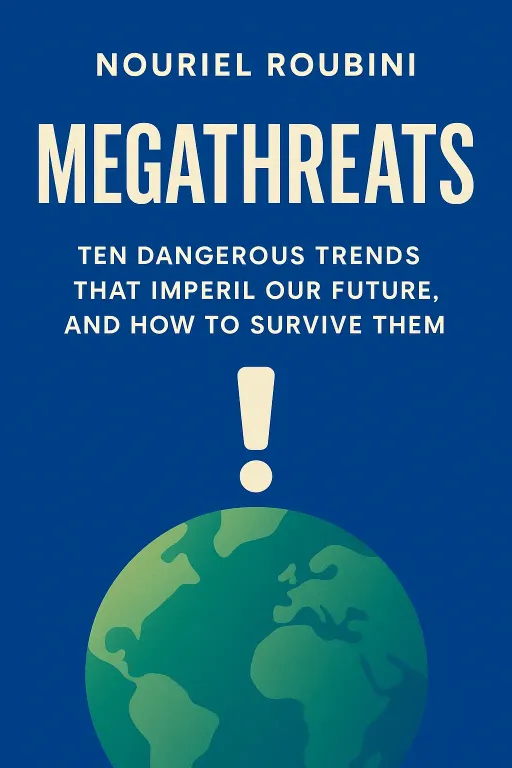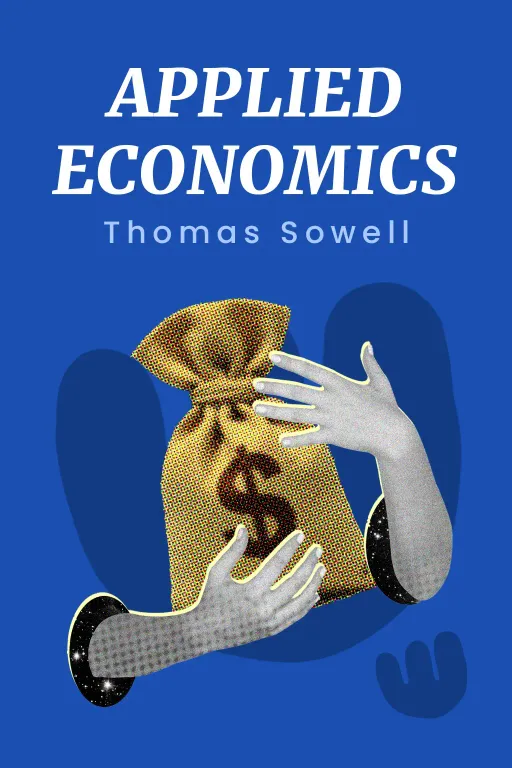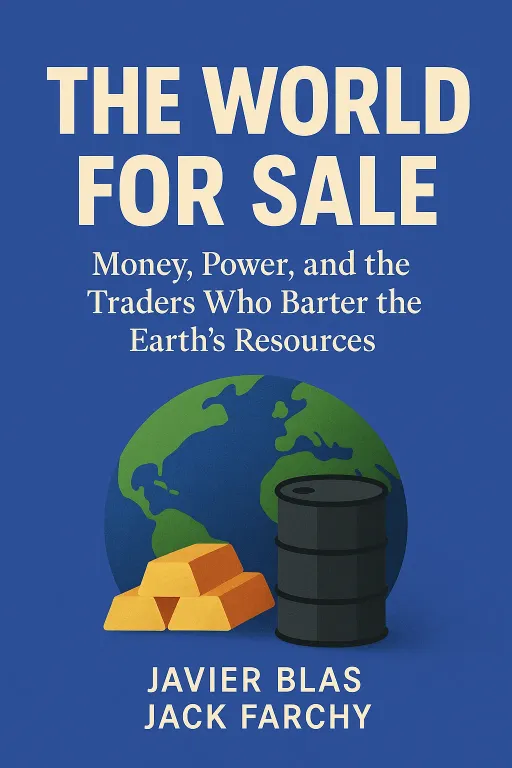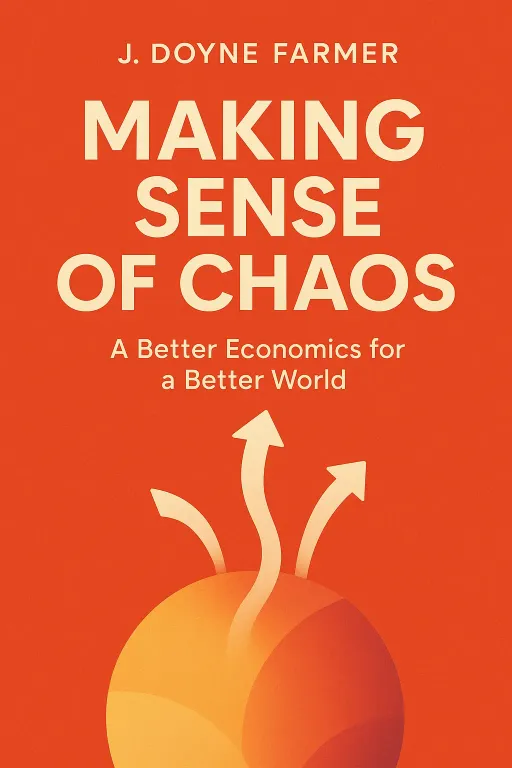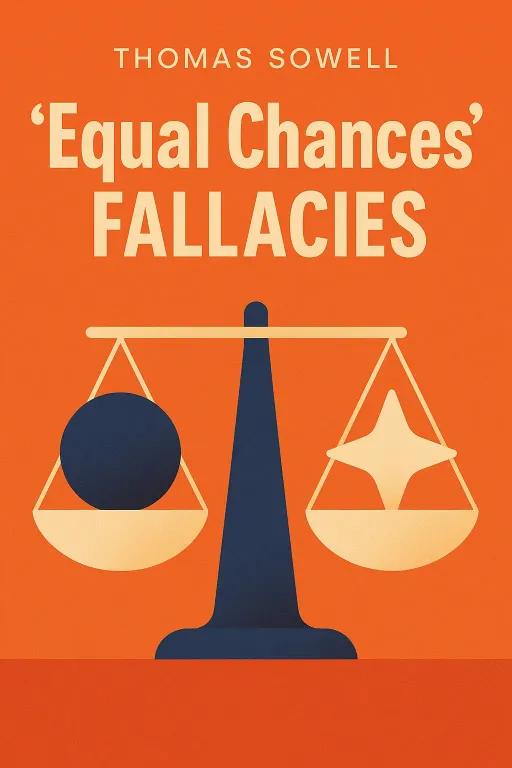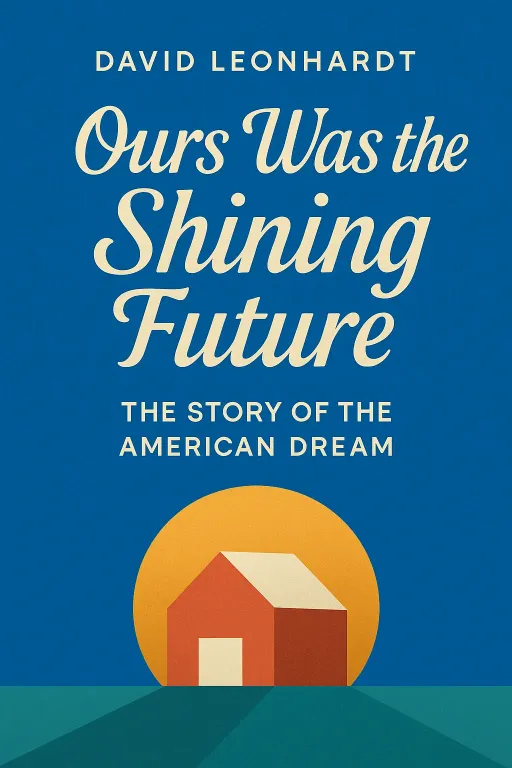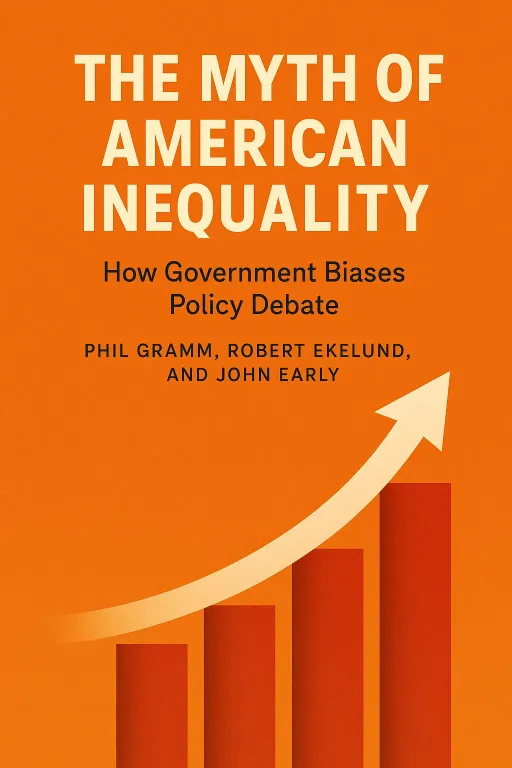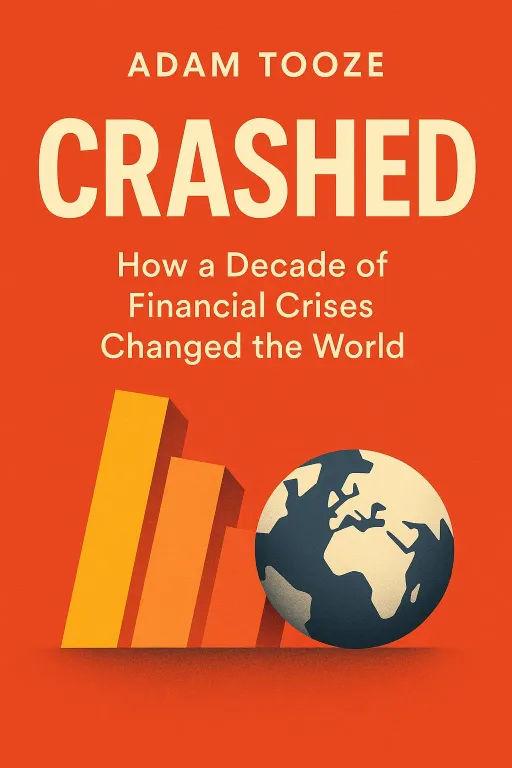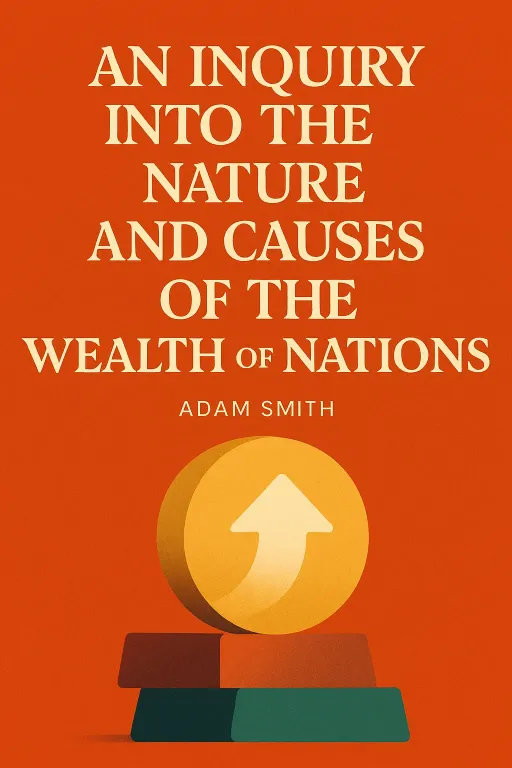
The Digital Pin Factory: Adam Smith's Guide to Modern Creativity and Commerce
10 minGolden Hook & Introduction
SECTION
Nova: What if I told you that the secret to understanding your job as a digital marketer, a creative performer, even a blockchain enthusiast, wasn't in a tech blog or a business guru's latest book, but in a 250-year-old text about... a pin factory?
Ish: Okay, you have my attention. A pin factory? That sounds about as far from digital marketing as you can get.
Nova: It sounds crazy, right? But Adam Smith's laid out a blueprint for our modern world that is shockingly relevant today. He figured out why specialization is a superpower, and what motivates people to buy, create, and connect. It's not about dusty economics; it's about the fundamental operating system of human collaboration. And that’s why I’m so excited to have you here, Ish. With your background blending performance, creativity, and data-driven digital marketing, you live at the intersection of these ideas every single day.
Ish: Well, I'm intrigued to see how an 18th-century economist connects to my video editing software and social media campaigns. Let's do it.
Nova: Fantastic. Today, we're going to tackle this book from two powerful perspectives. First, we'll explore how the 18th-century 'division of labor' is the blueprint for today's creative teams. Then, we'll discuss how the 'invisible hand' of self-interest is the engine behind every click, like, and share in the digital marketplace.
Deep Dive into Core Topic 1: The Modern Pin Factory
SECTION
Nova: So, Ish, let's start with this wild idea of the pin factory. To set the scene, it's the 1770s. Adam Smith, this brilliant Scottish philosopher, is observing the world around him, trying to figure out what makes some nations wealthy and others poor. He walks into this small, unassuming workshop that makes straight pins.
Ish: Just simple metal pins?
Nova: Exactly. The kind you’d use for sewing. And he notes that an untrained worker, trying to do everything by himself, would be lucky to make even one single pin in a day. The process was surprisingly complex. You have to draw out the wire, straighten it, cut it, sharpen the point, grind the top to attach the head, and then make and attach the head itself. It was a whole thing.
Ish: Right, a lot of different steps.
Nova: But then he saw a workshop where they did things differently. They had ten workers, and they had divided the labor. One person drew the wire. Another straightened it. A third cut it. And so on. Each person was a master of their tiny piece of the process. And the result? Smith calculated that these ten specialists could produce upwards of forty-eight thousand pins in a single day.
Ish: Wow. Okay, that’s… that’s an insane increase in output. From one pin per person to almost five thousand.
Nova: Forty-eight thousand! It's just a mind-boggling leap. Smith said the greatest improvement in the productive powers of labor comes from this division. So, Ish, as a creator and marketer who manages complex projects, does that resonate? Do you see a 'pin factory' in your own work?
Ish: Oh, absolutely. It's the daily reality of any creative agency or production team. You just described my entire workflow. Take a promotional video I might edit for a client, like a cruise line. One person theoretically try to do it all—write the script, shoot the footage, record the voiceover, edit the video, compose the music, and then run the social media campaign to promote it.
Nova: And how would that turn out?
Ish: The result would be… mediocre, at best. And it would take an eternity. But instead, we have a 'division of labor,' just like Smith saw. The strategist defines the audience and the core message. The copywriter scripts the story. A film crew, which has its own internal specialists like a director of photography and a sound engineer, captures the visuals.
Nova: All separate, specialized roles.
Ish: Completely. Then the footage comes to someone like me, the video editor. My job is to assemble the story, to pace it, to find the emotional moments. I'm not worried about the lighting on set or the original script, because other specialists handled that. My focus is purely on the edit. After me, it might go to a motion graphics artist for titles, a sound mixer to make the audio perfect, and finally, a social media manager who knows the best way to deploy that video on Instagram versus TikTok versus YouTube. Each of us is a 'pin-maker' focused on one part of the process.
Nova: So you're saying the 'skill, dexterity, and judgment' Smith talked about comes from that intense focus?
Ish: One hundred percent. I can edit faster and more creatively because my brain isn't being pulled in ten different directions. I'm deep in my zone of genius. That focus is where the magic, the quality, comes from. It's not just about speed, like in the pin factory; in creative work, it's about excellence. You get a far more polished, emotionally resonant, and effective final product.
Nova: So the division of labor isn't just about efficiency, it's about elevating the quality of the entire project.
Ish: Exactly. It's the only way to achieve high quality at scale.
Deep Dive into Core Topic 2: The Invisible Handshake
SECTION
Nova: That's a perfect bridge, because that whole 'pin factory' system of specialists only works if there's a way for everyone to get what they need. The video editor needs food, the copywriter needs a computer, and so on. And that brings us to Smith's most famous, and maybe most misunderstood, idea. He wrote, and this is the big one: 'It is not from the benevolence of the butcher, the brewer, or the baker, that we expect our dinner, but from their regard to their own interest.' What do you think he meant by that, Ish?
Ish: I mean, on the surface, it sounds a little cynical, but it's actually deeply practical. He's saying it's a transaction, not a favor. The baker doesn't bake bread because he's a great guy who is benevolently trying to solve my hunger problem. He bakes bread to make a living for his family. I buy the bread because I'm hungry and don't want to bake it myself. We both get what we want. It's a win-win, and it's driven by each of us looking out for our own needs.
Nova: Exactly! It's an 'invisible handshake.' A voluntary exchange that benefits both parties. And this whole system, he argued, is limited by what he called the 'extent of the market.' He gave another great example, comparing a tiny, isolated village in the Scottish Highlands to the bustling city of London. In the Highlands, the market is small. There's not enough business to support a lot of specialists. So you might have one guy who's the carpenter, the blacksmith, and the wheelwright all in one.
Ish: He has to be a generalist to survive.
Nova: Precisely. But in a massive market like London, you have entire districts dedicated to just one craft. There's enough demand to support hyper-specialization. So, if 18th-century London was the ultimate market then... what is the internet today?
Ish: It's London on a planetary scale. It's the largest, most connected market in human history. That's why you can have someone on YouTube who reviews mechanical keyboards and make a great living. Or a digital marketer who specializes in SEO for dentists in Florida. The market is so vast that the potential for specialization—for dividing labor—is almost infinite. Smith could only dream of a market this extensive.
Nova: And how does this core idea of 'self-interest' play into your work as a marketer? You're trying to get people to buy things, to take action.
Ish: It's everything. It's the absolute core. When we create an advertisement or a social media post, we're not saying, 'Please buy our cruise because we're a nice company and it would help our quarterly earnings.' That doesn't work. We're appealing directly to the customer's self-interest. We're selling them the: the relaxation, the adventure, the memories with their family. The message is, 'You work hard, you deserve this amazing vacation.' We're showing them how our product serves interest.
Nova: So you're essentially engineering that 'invisible handshake' moment. You're making the value proposition so clear that the exchange feels natural and beneficial to them.
Ish: Precisely. And with digital marketing, we have data that Smith could never have imagined. We can understand that self-interest better than ever before. We know what articles they've read, what videos they've watched, what they've clicked on. It allows us to make the appeal to their self-interest even more specific, more personal, and ultimately, more powerful. It's about getting the right solution to the right person's problem at the right time.
Synthesis & Takeaways
SECTION
Nova: So when we pull it all together, it's just incredible. Adam Smith gives us these two master keys from 250 years ago that unlock so much about our world today. First, the 'division of labor'—the idea that breaking down tasks into specialized roles creates an explosion of productivity and quality, something you see every day in your creative work.
Ish: For sure. It's the blueprint for every modern creative team. And second, the engine that makes it all run: a massive market, like the internet, where individuals and companies, all pursuing their own self-interest, end up creating value for each other through millions of these 'invisible handshakes.'
Nova: It really changes how you see the world, from the team you work with to the ads you see on your phone. So, Ish, what's one final thought or piece of advice for our listeners, especially those in creative or tech fields, based on our chat today?
Ish: I'd say two things. First, embrace your specialization. In a world with a market as vast as the internet, being a generalist is tough. Get world-class at your 'part of the pin.' Whether you're an animator, a coder, a writer, or an editor, that deep expertise is where your true value and security lie.
Nova: I love that. Master your craft.
Ish: And second, never, ever forget the 'butcher, brewer, baker' rule. Whether you're building an app, editing a video, or writing a blog post, always ask the fundamental question: 'What's in it for them?' 'Them' being your audience, your customer, your user. If you can answer that question clearly, honestly, and compellingly, you're tapping into one of the most powerful and positive forces in the world. And that's how you create something that truly connects.
Nova: Find your specialty and serve the self-interest of others. That's a powerful message. Ish, thank you so much for connecting these dots. It was fascinating.
Ish: My pleasure. I'll never look at a team project the same way again. I'll be seeing pin factories everywhere.
